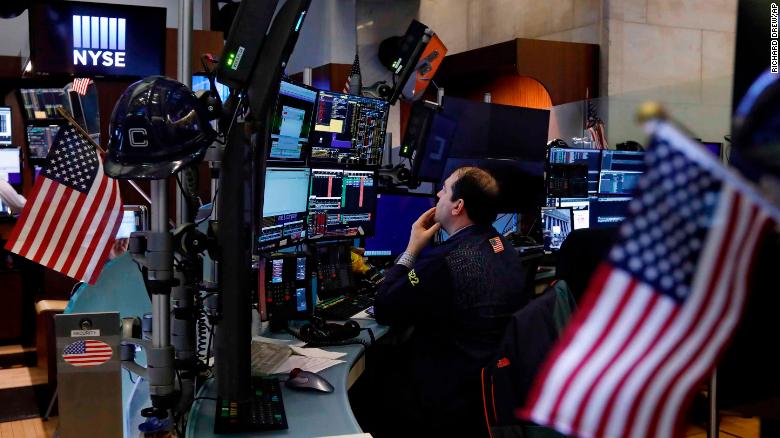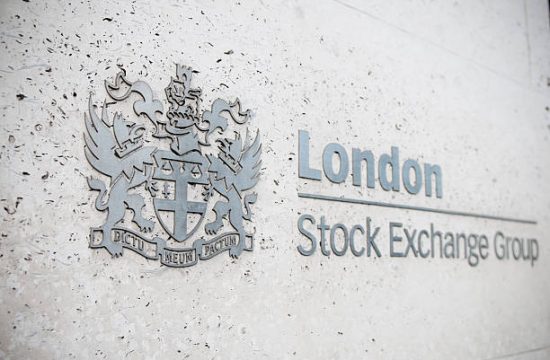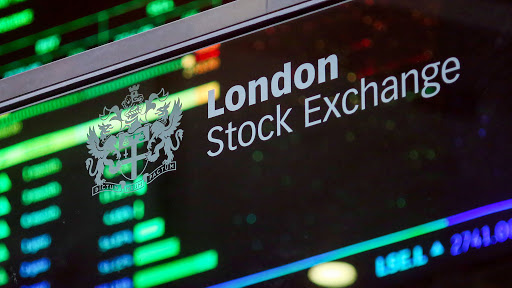
Lockdowns are beginning to be eased in several countries around the globe. Australia, New Zealand, America, England, and a mixed basket of others have all been talking about starting to ease the restrictions that lockdowns brought. The notion of a V-shaped recovery is long gone, and it has become even more evident now. Businesses will not simply be able to restart and go back to the way things were before COVID-19.
There are a number of challenges that face this new normal, and many will not be ready, willing, or brave enough to face a dance with coronavirus. The psychological and behavioural implications of social distancing have already created overtly antisocial behaviour. So how are businesses going to run at full compacity while some level of social distancing is still required? How are human beings going to transition into this new way of life?
It won’t be plain sailing moving forward for businesses, social distancing creates new challenges to overcome, and some simply may not be able to make it work. Of the ones that do manage to make it all happen, they will likely only be able to get half of their pre-pandemic activity levels. Parameters around social distancing such as 1.5m between people and 4 square meters for each person at a venue or business is likely to still be ongoing, hampering activities.
The second part of this phasic problem is the stimulus packages seen worldwide, with economies restarting, governments will be looking to improve their liquidity and balance books. Move to fast on the reduction in stimulus and mass insolvencies and redundancies will occur, move to slow, and we end up in another awkward position, that will probably end in tears.
The balance has to be finely tuned to ensure that maximum stability, regardless of the influencing country. I do not envy the likes of Christine Lagarde, Jerome Powell, Andrew Baily, Philip Lowe, or Adrian Orr currently as they have the economy in their hands to a certain degree. They must ensure that Quantitative Easing and Monetary Financing doesn’t become mainstream.
The fear is that these countries end up following a similar pattern to Japan. Japan was one of the first adopters of Quantitative Easing and Monetary Financing, and for them, it has not exactly gone to plan. For well over a decade, Japan has struggled with varying degrees of inflation, and it seems they will never escape the burden. Right now, Australia and New Zealand have joined the party to use these methods to try and control the economy. It cannot work forever, and the evidence of 2008 suggests that pumping money into a stalled economy in this way can work, but it is the thought process behind the action that causes concern.
There are many examples of the free flow of QE and MF, which have not resulted in favourable dynamics. One can simply look at the affairs of Latin America in the past few decades to see the implications of stimulus not reined in. Should the thought by central bankers be ‘let’s fix businesses now and let the future economy worry about it’ then we should all be concerned about how far away from that pretty big cliff we truly are.













